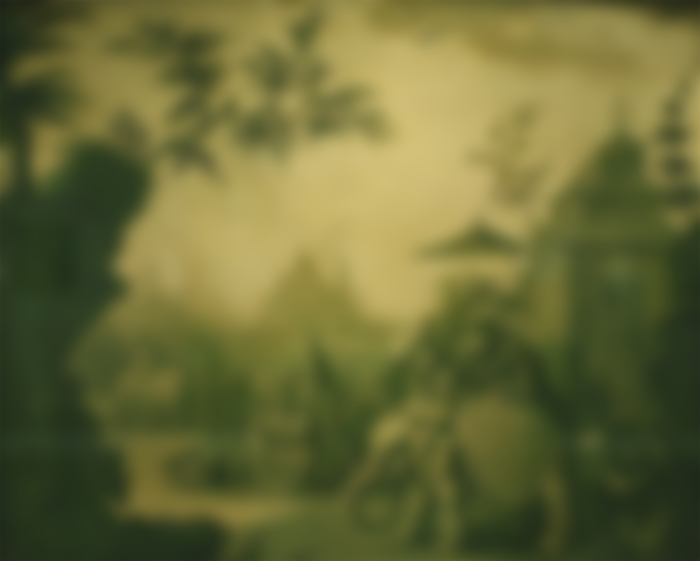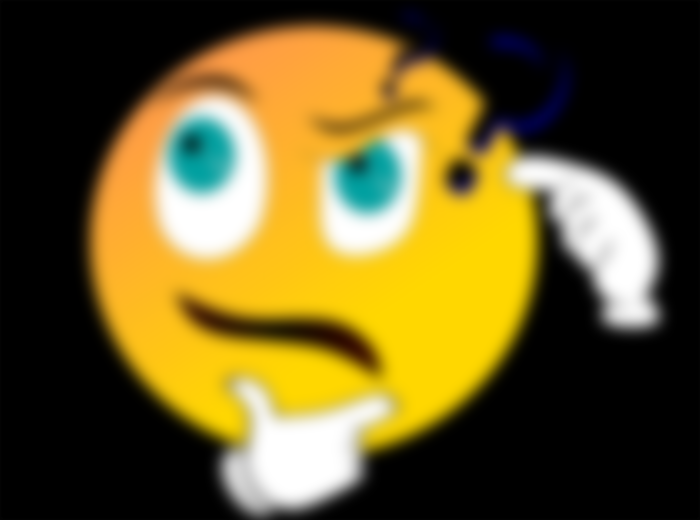Quizzes & Puzzles 23
Some new problems with which to exercise the brain. But first a look at answers and solutions to Quizzes & Puzzles 22. New problems below the image (cartoon).
Answer to Quiz 22:1
We had a verse from Viridarium chymicum:
"A beautiful forest in India is found,
Wherein two birds together are bound.
One is snow-white, the other red.
They bite each other until both are dead.”
This is alchemic symbolism. What does it mean? What is really described here?
What is described is Cinnabar and Sulphur and the chemical reaction of mixing them. The red bird is Cinnabar, the white is Sulphur. Both die because they are disappearing and a new substance is resulting.
This is a typical example of the symbolic and sometimes obscure language of Alchemy.
Answer to Quiz 22:2
A Japanese court lady wrote what is sometimes considered as the world's first novel. What is its name?
The novel is “Genji Monogatari” [源氏物語] – in English translation: “The Tale of Genji”. It was written by 11th century court-lady Murasaki Shikibu.
As well @Sydney2 as @SocialSatoshi provided a correct answer to this question.
Answer to Quiz 22:3
This map shows how the world is divided (red and blue) in one certain aspect. What aspect? What is the difference between the red and blue parts?

The maps shows how the “rule of the road” applies in different countries. In the red area, one has right-hand traffic, in the blue one has left-hand traffic.
Answer to Quiz 22:4
A (stage) play from 1921 coined a word denoting an artificial worker. Today that word is common in a large number of languages.
What word, and who wrote the play?
The word is "robot", and it was invented by Karel Čapec, for his play "R.U.R. Rossum's Universal Robots" (Rossumovi Univerzální Roboti), Prague 1921. It is derived from old Slavic "rab", thrall.
Answer to Quiz 22:5
There are colours with their own wavelength and colours without their own wavelength: mention at least one colour having no wavelength of its own.
Examples are purple and brown. They have no wavelength of their own; they are not spectral colours. You can read more about this in Purple Light? It Doesn't Exist! And what is Visual Purple?
Answer to Quiz 22:6

Here we have a painting only in shades of dark green. With a term borrowed from French, what is such a painting called?
It is said to be made “en verdaille” (from French vert(e), green.) You can read more about monochrome art in Sepia, Grisaille & Verdaille: Monochrome Art... and how about Japan?
(The image above is “A chinoiserie procession of figures riding on elephants with temples” by Jean-Baptiste Pillement, 1728-1808. Public Domain.)

And now some new exercises for brain & memory...
Quiz 23:1
If you eat fish, it is easy to believe that all fishes have bones... but have they?
Actually, they have not. Bony fishes have bones, but there are also cartilaginous fishes, whose skeleton consists of cartilage. Can you give an example of a cartilaginous fish?
Quiz 23:2
Another more modern (English) name of the flower Chaucer called "eye of the day", was once a nickname for a common girl name because of what the same flower is called in French.
What is the English nickname and name of the flower?
For what name is it a nickname?
Quiz 23:3
The probably most famous art model ever, has no eyebrows on the only existing portrait of her. What is she called?
Quiz 23:4
A classical Russian author wrote an absurd short story about a man whose nose fell off and disappeared. After diverse adventures, he got it back. What is the name of the author?
Strictly, this author wasn't exactly Russian. What that means, you may find out yourself. But it can be a clue.
An opera has been based on this story, who was the composer?
So, we ask for the author and the composer, two different individuals.
Quiz 23:5
There is a mythical animal whose gaze could kill. King is a clue. What was this creature called?
Quiz 23:6
A French author, a pioneer of science fiction, wrote a classical novel which influenced the development of submarine vehicles. Who was the author and what is the name of the novel?
As an extra clue we can say that one of his other novels tells about a long journey which was incredibly fast by the standards of his time.
You'll find answers and solutions in the next “Quizzes & Puzzles”.
Quizzes & Puzzles has its own label in my Index, where all issues of the series can be found.
In my INDEX, you can find all my writings on Read.Cash, sorted by topic.
Copyright © 2022 Meleonymica/Mictorrani. All Rights Reserved
(Cartoon by Christian Dorn/Pixabay, CC0/Public Domain.)



23:1 sharks are cartilaginous, as well as skates and rays. Also belong to the class Chondrichthyes. I know this because I study fisheries.
23:3 Has to be the Mona Lisa🤔